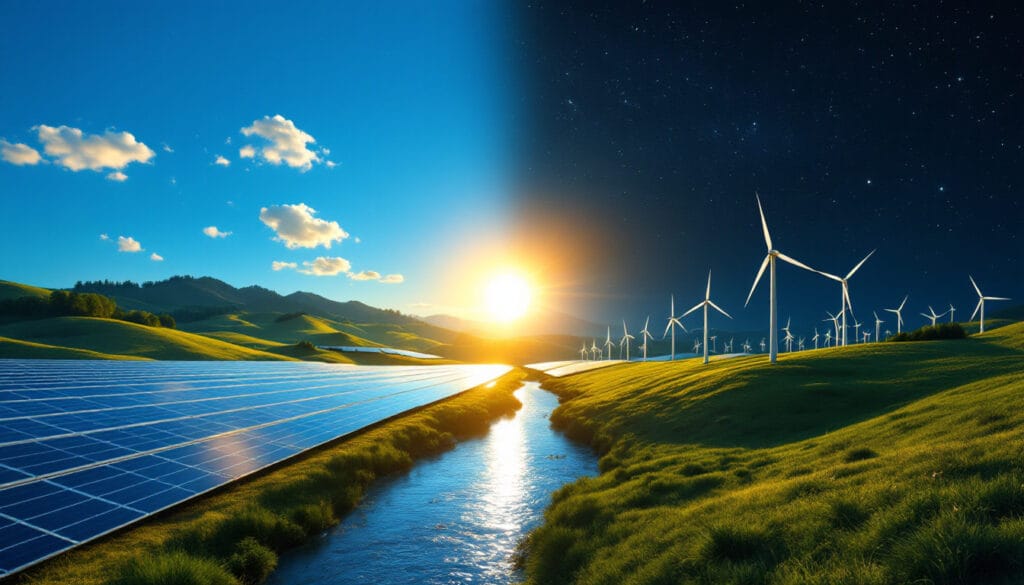Vacuum solar collectors represent an advanced technology that harnesses the radiative energy of the sun to produce heat. Whether it’s for heating water or contributing to the heating of entire buildings, these collectors offer innovative and effective solutions to take advantage of solar energy. This article explores how they work, their applications, and their benefits in terms of energy performance and sustainability.
How Vacuum Solar Collectors Work
A vacuum solar collector consists of a series of transparent glass tubes. Each tube contains an absorber, a crucial component that captures solar radiation. The space between the tubes and the absorber is under vacuum, which minimizes heat loss. Once captured, solar energy is converted into heat, which is then transferred to a heat transfer fluid, such as water or an antifreeze liquid.
Uses of Vacuum Solar Collectors
Production of Domestic Hot Water
One of the most common applications of vacuum solar collectors is the production of domestic hot water. These systems are particularly efficient, even in cold or cloudy weather, thanks to their ability to capture a wide spectrum of solar light and minimize heat loss. They can meet a large portion of a household’s hot water needs, thereby reducing dependence on fossil fuel energy sources.
Home Heating Systems
In addition to producing hot water, vacuum solar collectors can be integrated into home heating systems. They provide sustainable and consistent heat, which is ideal for reducing energy costs and improving the overall energy efficiency of buildings. These systems are often used in combination with biomass boilers or heat pumps to maximize efficiency.
Benefits of Vacuum Solar Collectors
Energy Efficiency
Vacuum solar collectors are among the most efficient on the market. Thanks to their innovative design, they can convert a significant amount of solar radiation into useful energy. Their ability to retain heat within the vacuum tubes reduces thermal losses, making them well-suited for cold climates or areas with low sunlight.
Durability and Longevity
The materials used to manufacture vacuum solar collectors, such as borosilicate glass and high-performance metals, are designed to withstand extreme weather conditions. These systems have a long lifespan, often exceeding 20 years, and require little maintenance, making them a wise long-term investment.
Future Prospects
With the constant evolution of energy technologies and the emphasis on reducing CO2 emissions, vacuum solar collectors are set to play a key role in the future of renewable energy. Ongoing research aims to further improve their efficiency and integrate them more widely in various settings, whether residential, commercial, or industrial.
Articles similaires
Thank you!
We will contact you soon.













